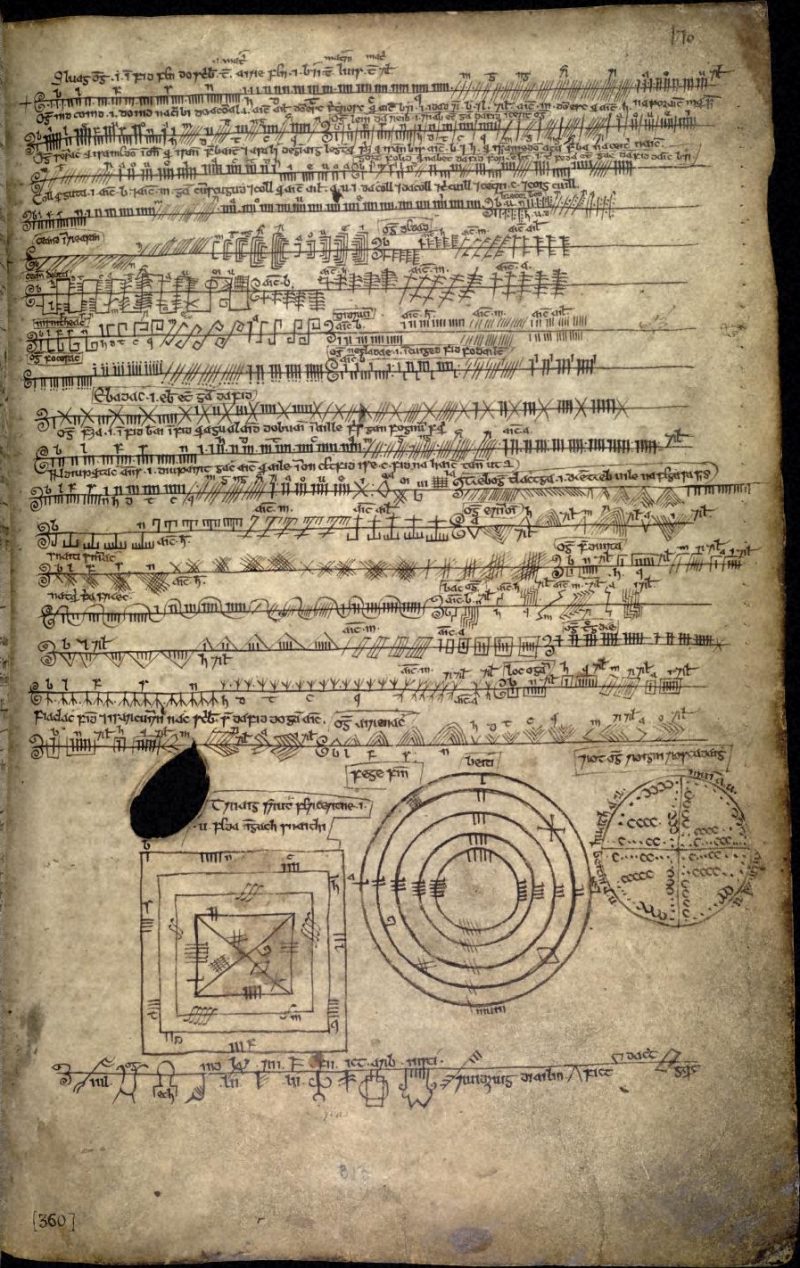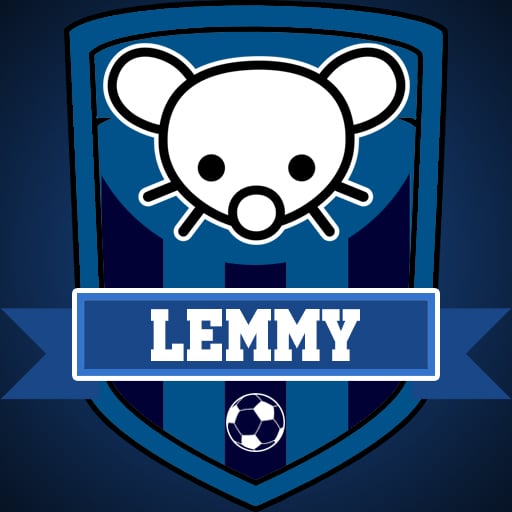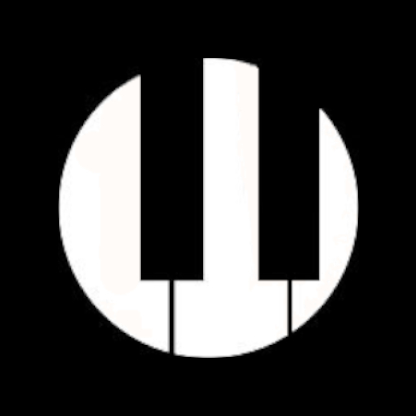- 26 Posts
- 511 Comments
I feel there’s probably some reasons they haven’t become popular.
-
Don’t turn as nimbly as a bike
-
Can’t put them on your shoulder and carry them indoors, onto a train, etc. like as a bike
-
Don’t climb hills as well as a bike (source)
-
20× the cost of a bike, maybe that could be brought down by economies of scale if they were more popular
I could imagine a velomobile being preferable if you’re commuting from a satellite town to the city, and the journey consists of a long straight road.
I’d definitely say they’re worse for getting around the city, and their comparative advantages are bought at the price of significant extra overhead.
-

 69·1 day ago
69·1 day agoCouldn’t care less.
not my circus not my monkeys

 111·8 days ago
111·8 days agoWhat your Trump-supporting journalist says –
Behind the scenes is China’s reluctance to forgive debt…
In the past under such circumstances, big government lenders such as the U.S., Japan and France would work out deals to forgive some debt, with each lender disclosing clearly what they were owed and on what terms so no one would feel cheated. But China didn’t play by those rules.
The actual facts –

 3·11 days ago
3·11 days agoFarraigePlaisteach
https://www.youtube.com/channel/UCeyx2I0UL9VNYC8X97SflUg
I’m interested in different perspectives so I’d like to avoid USA, GB etc.
Tá “comm” againn faoi sin: !noyank@lemmy.ml

 7·12 days ago
7·12 days agogo get em tiger
knock em dead champ
etc

 308·13 days ago
308·13 days agoHistory doesn’t provide answers to hypotheticals

 7·13 days ago
7·13 days agothe Kahlil Gibran quote smells fake

 3·13 days ago
3·13 days agoIt’s Friday today

 8·1 month ago
8·1 month agoThe writing system has its flaws too.
- I and l look the same.
- 0 and O look the same.
- Why are their two totally different cases? Q looks nothing like q and the distinction serves no communicative purpose
- Similarly, why is there printed letters and joined-up letters – two totally different ways of writing?
- Loops are sometimes merely stylistic, but some letters like say b has a loop that is essential to it.
- b and d are mirror-images, and this confuses some children
- “dot your I-s and cross your T-s” – the pen has to be lifted from the page to do this, so people don’t always bother.
Some of these might sound like non-issues to grown-ups, but they’re hard for children.

 15·19 days ago
15·19 days agoCló Gaelach / Lámh Gaelach
Cló Gaelach means Gaelic print. Lámh Gaelach is the same thing but handwritten, it means Gaelic Hand. It’s not an alternative to the Latin alphabet, just a dialect of it, like how German was written in Blackletter up until quite recently. Most letters are similar to the boring mainstream print, but T (Ꞇ), G (Ᵹ) and D (Ꝺ) are quite distinctive, and the letter H is not used.
There is no aspirated h (h as a consonant) in Irish, it’s used to mark softened phonemes, so
mrepresents one consonant andmhin Cló Rómánach (Roman print) represents a softer sound. Cló Gaelach favours the superdotṁinstead of using h.This is the part of constitution declaring Irish the official language of the country, with English a secondary official language:

The government phased it out for official use in the 1970s because they are idiots. I still use it when I can, I never write Irish by hand without it.
Ogham
Using what we’ve just seen, we can call it ‘oġam’ instead of ‘ogham’. It’s not a G-sound then a H-sound; it’s a soft G more like English ‘owam’.
Ogham is much older. It was used around the year 400. It is a tree-themed alphabet, branches coming off a central column, and the letters mostly have names like ‘birch’, ‘oak’, 'hazel. Ogham is climbed as a tree is climbed, which is to say it’s written bottom to top. It was created by the god Ogma; similar to how Thoth created writing in Egypt. An 14th-century text called In Lebor Ogaim talks about various ways of putting ciphers upon it. Posts about ogham: https://lemmy.ml/post/16545296 , https://lemmy.ml/post/18046303

ᚔᚄ ᚑᚌᚆᚐᚋ ᚓ ᚄᚓᚑ but that won’t display on all people’s operating systems.
Ogham tattoos are common enough nowadays.
grand, so the answer to your question “how is lemmy centralised” is “moderation and identity”, glad we had this chat
moderation aint centralised, as it is limited to an instance. Want to see what your instances Mods have removed? Open that community from its host instance. Also don’t like the work your instance Mods and Admins do? Just switch instance and you are still part of the platform.
nah I just checked if a mod removes it it’s removed from federated instances too I just checked




















This comment is rational.
For those inter-city bike lanes like you see in some parts of France they would be great.